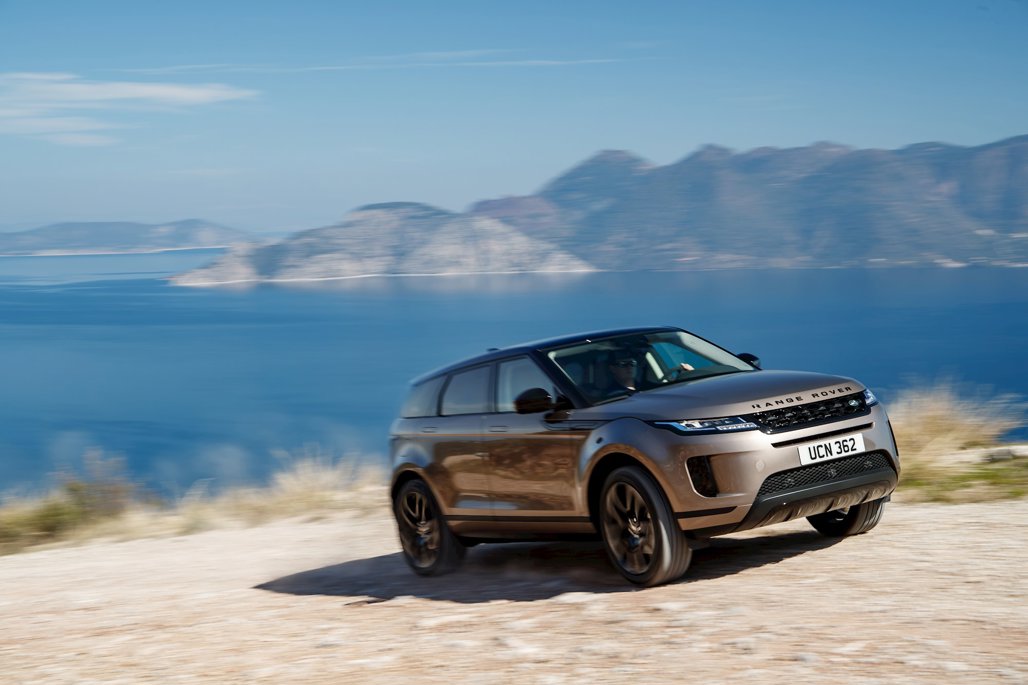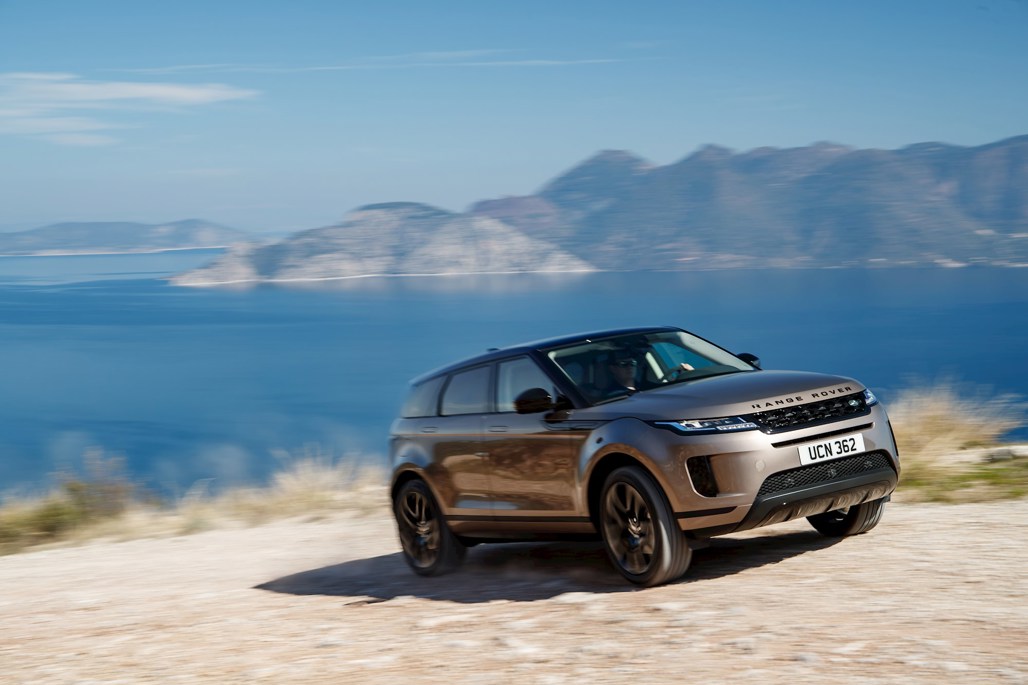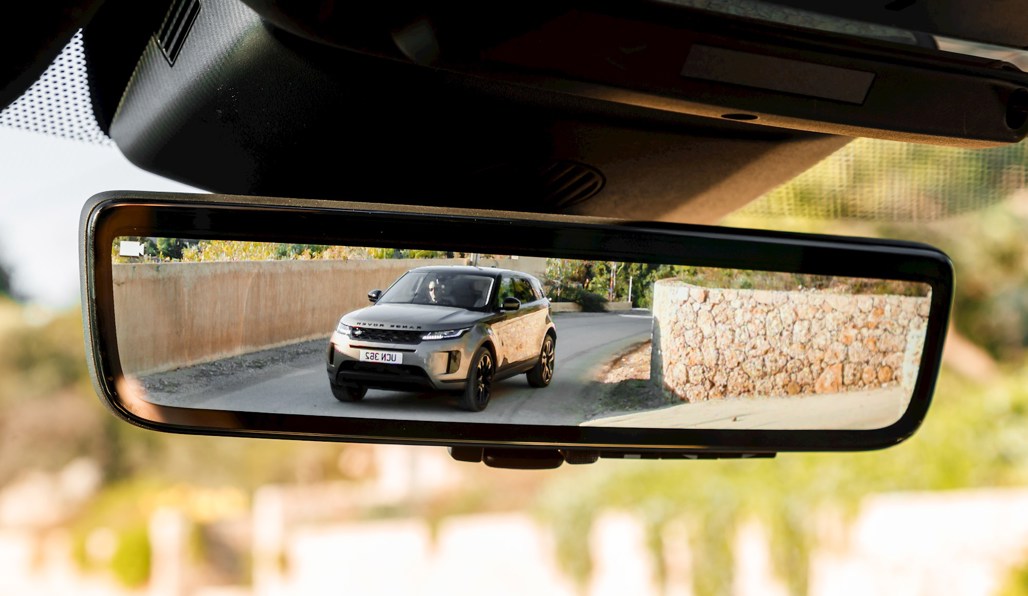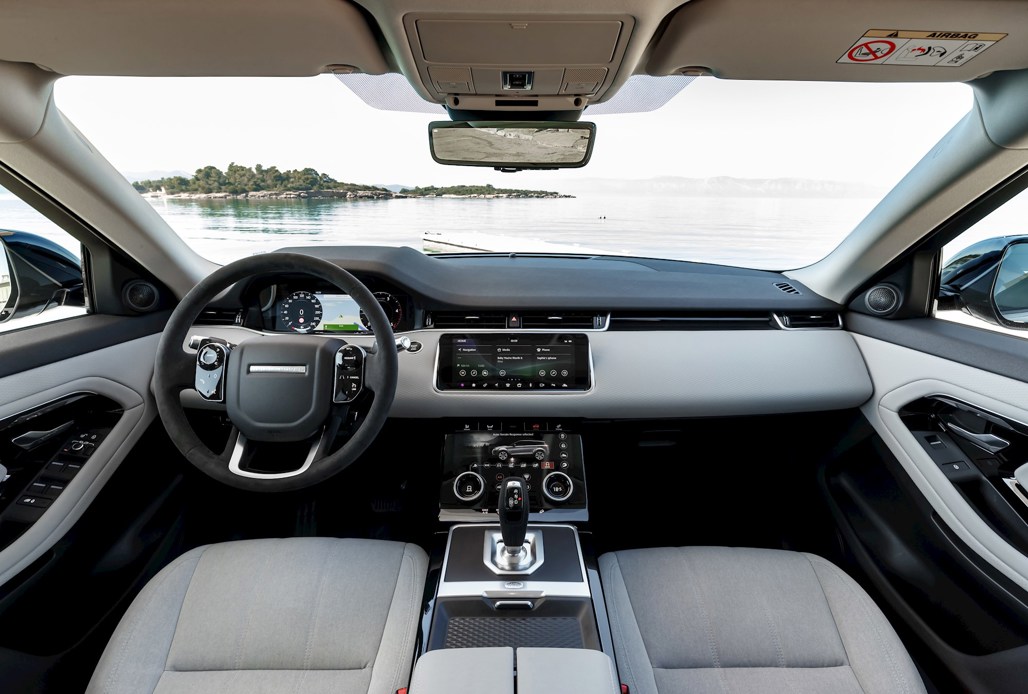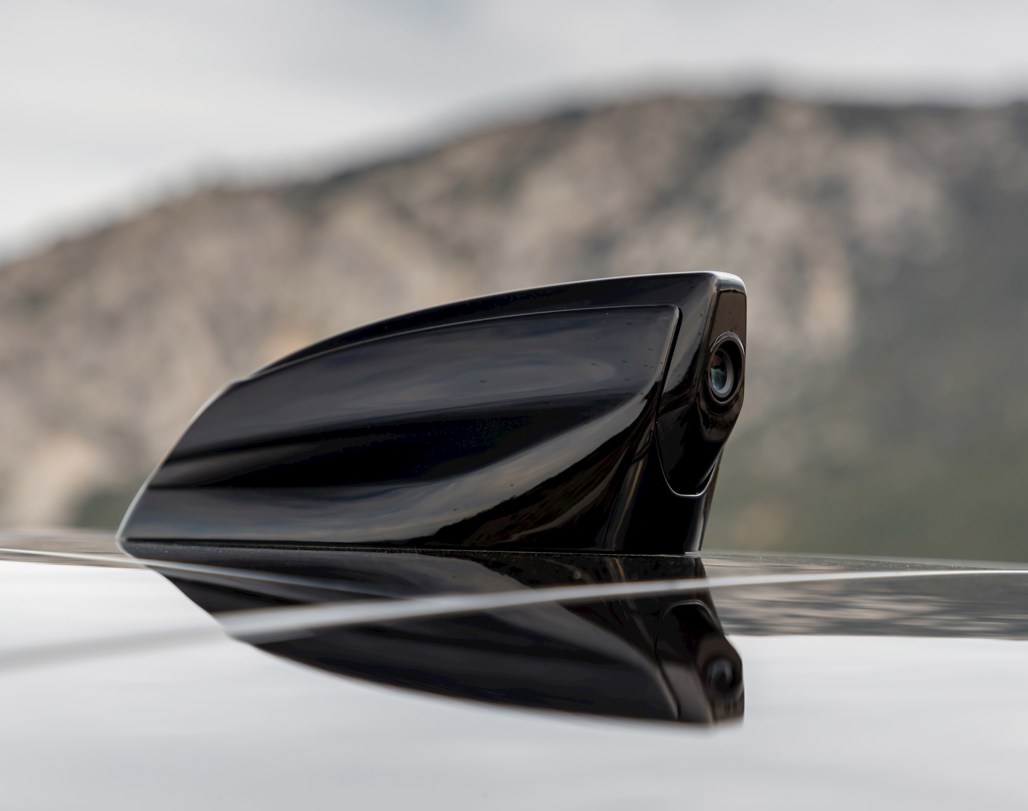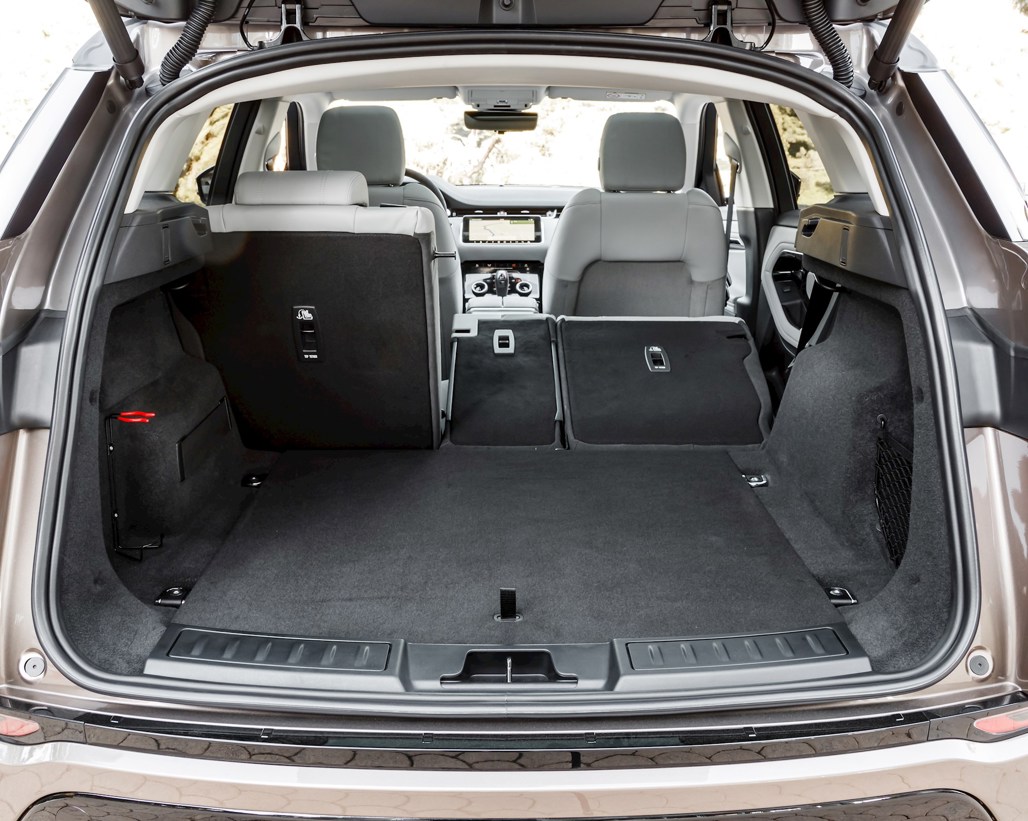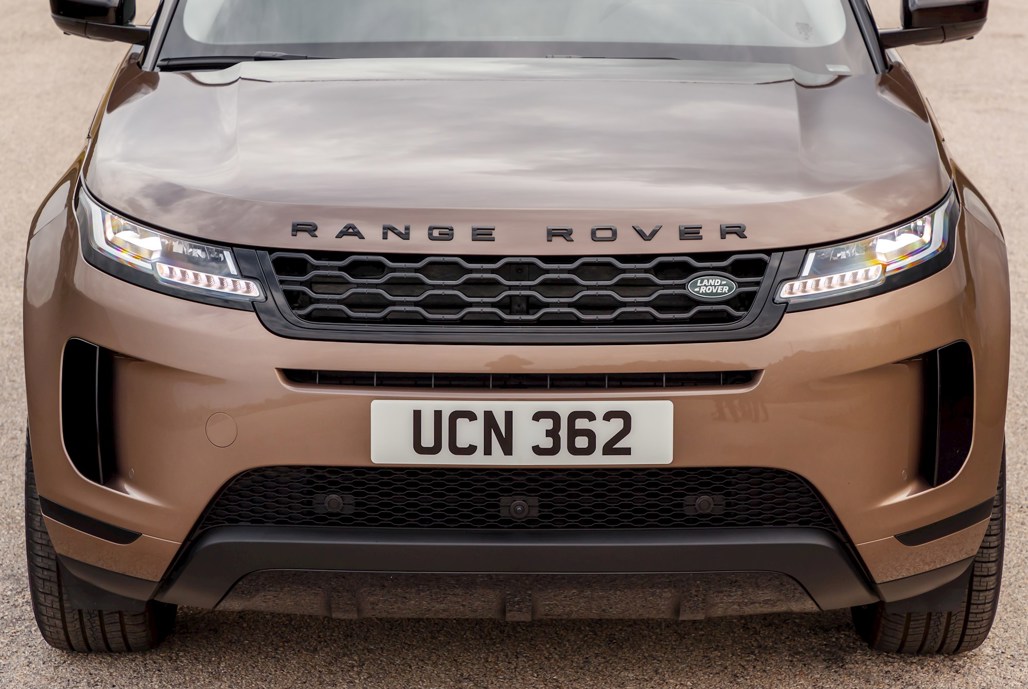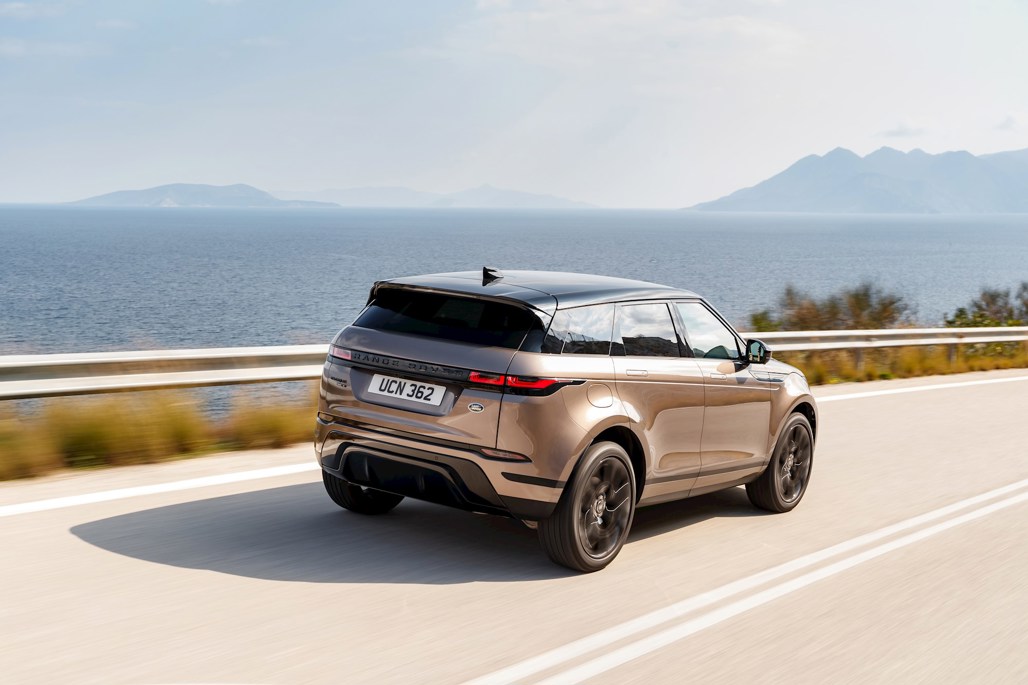It may be the baby of the Land Rover family, but at this month’s global launch in Greece, the Evoque showed it was also a tough off-roader.
The second-generation Evoque joins Range Rover, Range Rover Sport and Velar in the Land Rover family but has a plethora of new technology that makes it more than a city SUV.
The Evoque all-wheel-drive is available in New Zealand with five R-Dynamic variants available: the P200 S from $92,000; the P250 and D180 SE at $102,900, and the P250 and P180 HSE at $109,000. Finishing the lineup at $117,900 is the P300 HSE with the optional hybrid electric engine.
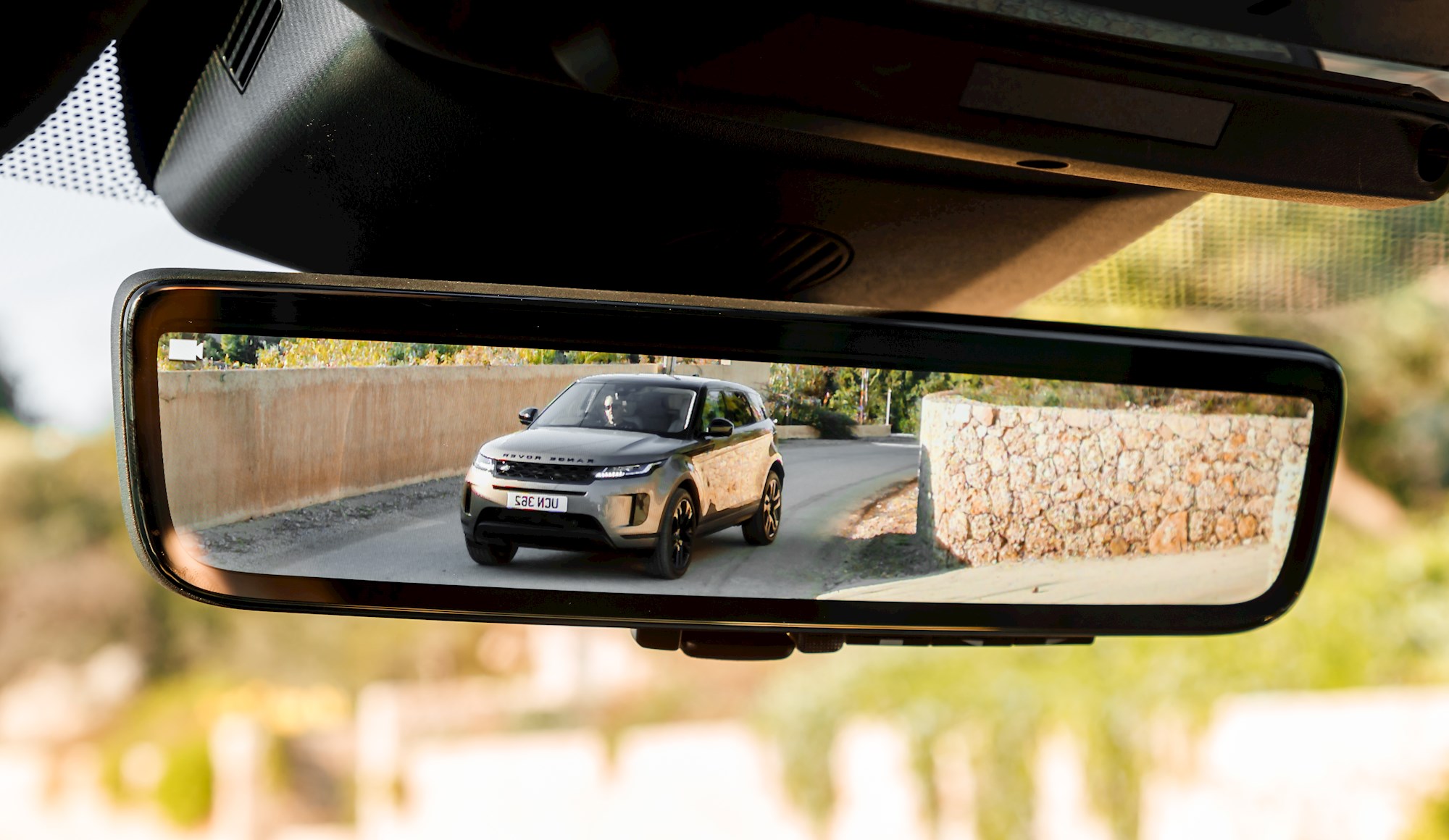
At the launch in Greece, the model lineup had only the hybrid engines across the range, due to EU regulations, but we were told that there is no increase in power — only fuel efficiency compared with the New Zealand lineup.
Land Rover New Zealand’s general manager, Steve Kenchington, said the New Zealand variants of the Evoque would have an enhanced specification — when compared to global markets.
“Premium features such as Adaptive Cruise Control, Meridian 380W stereo, keyless entry, heated front seats will be standard on the new Evoque range for our local customers,” he said.
Kenchington said that the Evoque accounts for one in every four Land Rovers sold over the past eight years in New Zealand.
“This next generation SUV represents a significant advancement on one of our most popular models. Combining the latest in environmentally sensitive materials and new technology, the new Evoque will be an exceptional addition to this iconic, luxury marque,” he said.
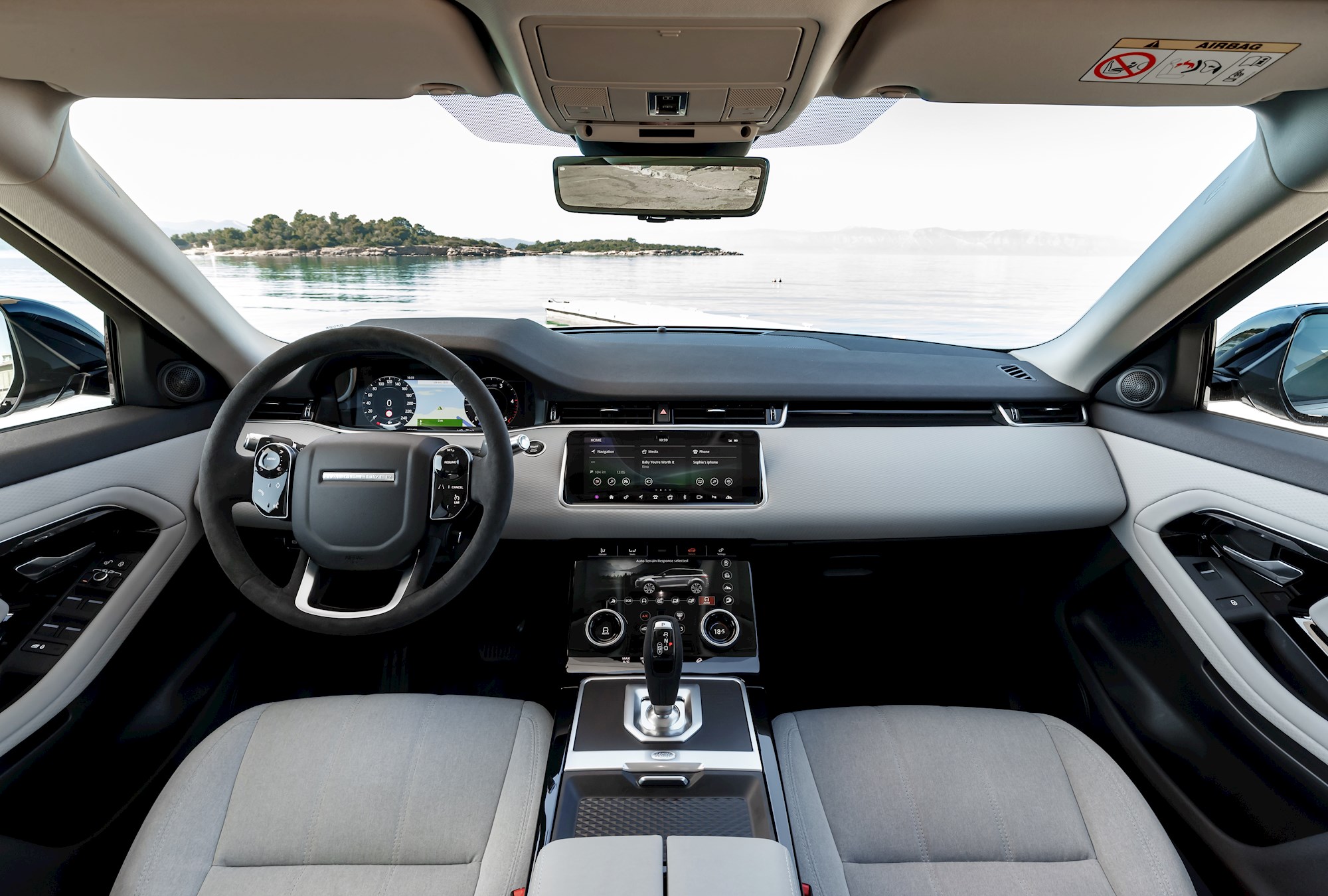
The success is mirrored internationally with global sales of more than 775,000 and the brand claiming it pioneered the luxury compact SUV market.
To stand apart from the rest of the Land Rover family, especially the similarly sized Velar sibling, the Evoque sits on an all-new platform with only the door hinges carried over from the previous model.
At the Greek launch, interior designer Alan Shepherd told media that the company took a modernist approach to the look of the new Evoque with a pared-back design.
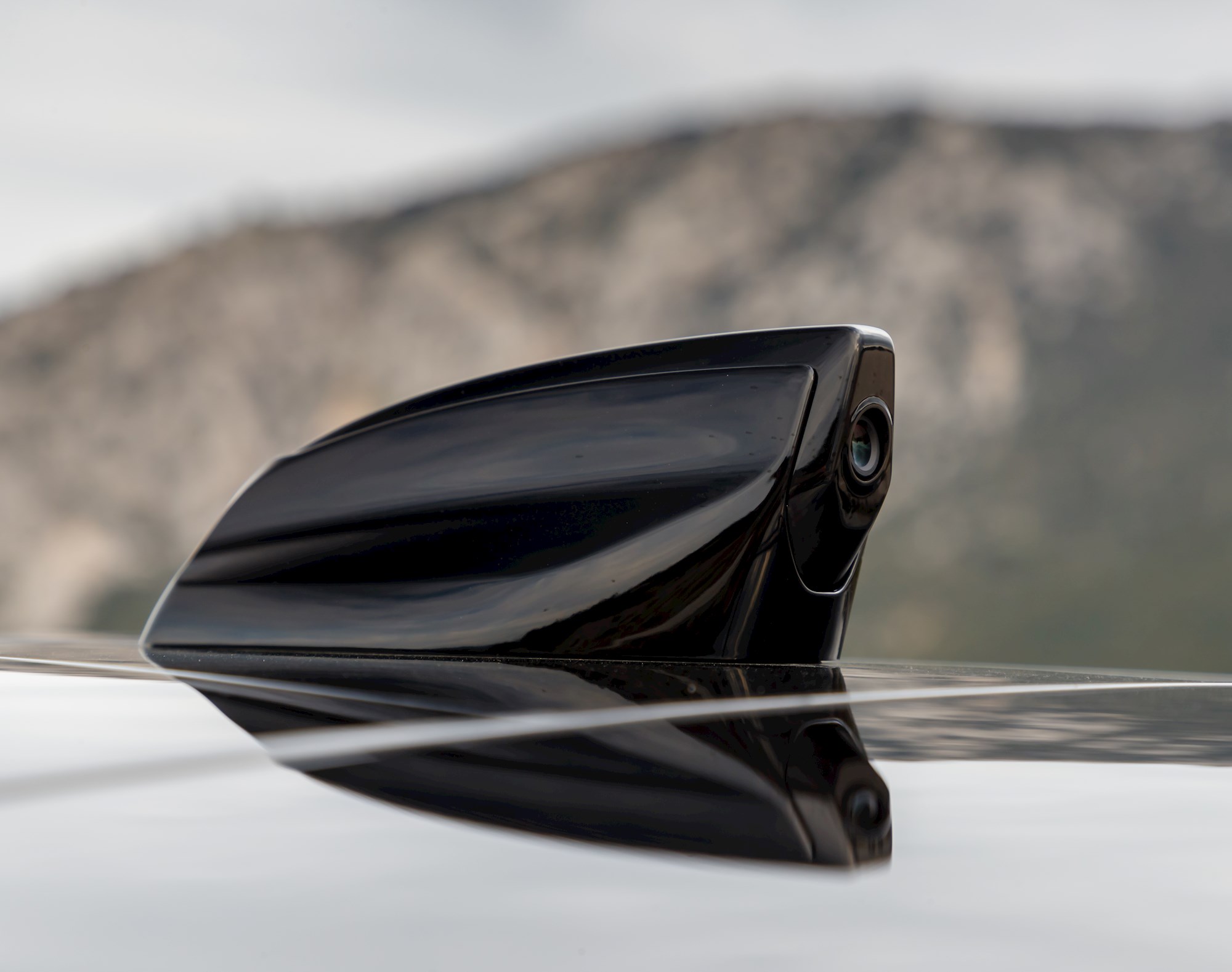
Major changes are a clam shell bonnet and an increase in the wheelbase of 21mm to create more legroom for passengers as feedback from the previous model was “it felt a bit tight in the rear seats” said Shepherd. However, customers told Land Rover not to make the Evoque bigger.
The Evoque gets a revolutionary clear-sight, rear-view mirror that works using a camera in the roof fin.
At first it’s disorientating. You go from the traditional rear-view mirror outlook via the back window before flicking a switch on the mirror and turning it into a HD screen showing what is the landscape and vehicles behind you (see far right).
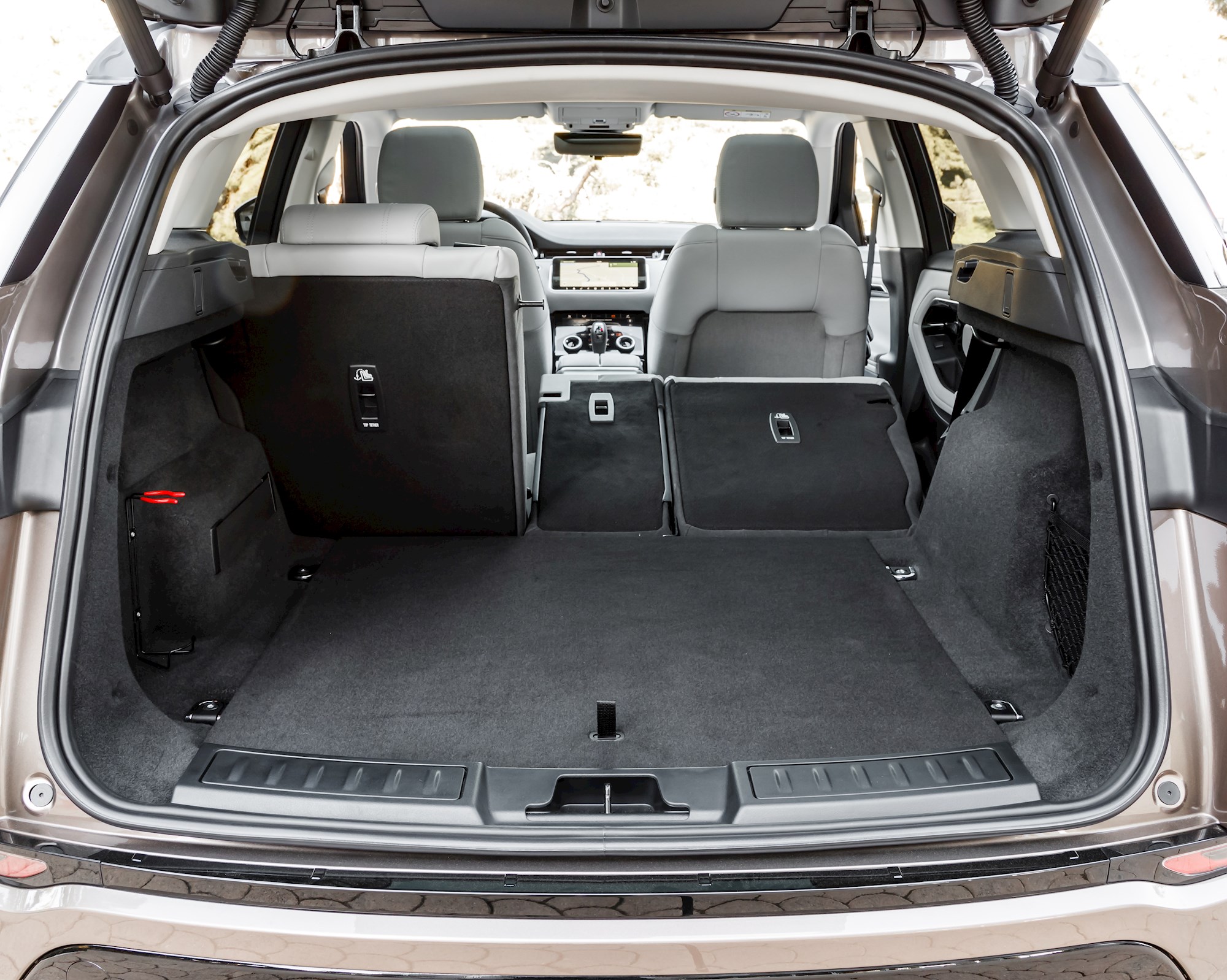
But it works wonders, especially as the small rear window gives you limited outlook — and once you add three passengers in the back you’d have a tiny speck of view.
Shepherd said the team worked on making the interior a calm space and so it has a more refined look along with the dual screens from the Velar.
Along with the increased legroom, there is a larger glove box and the centre cubby can fit tablets, handbags and bottles. The luggage space is 10 per cent larger, at 591 litres, and wider so can fit a folded pram or set of golf clubs. Fold down the seats and you 1383 litres of space.
Under the bonnet, a range of four-cylinder Ingenium petrol and diesel engines are available, but during the two-day drive programme at the global launch, we drove the mild hybrid P250 petrol S with a 2-litre, four cylinder Ingenium engine paired with a nine-speed auto transmission.
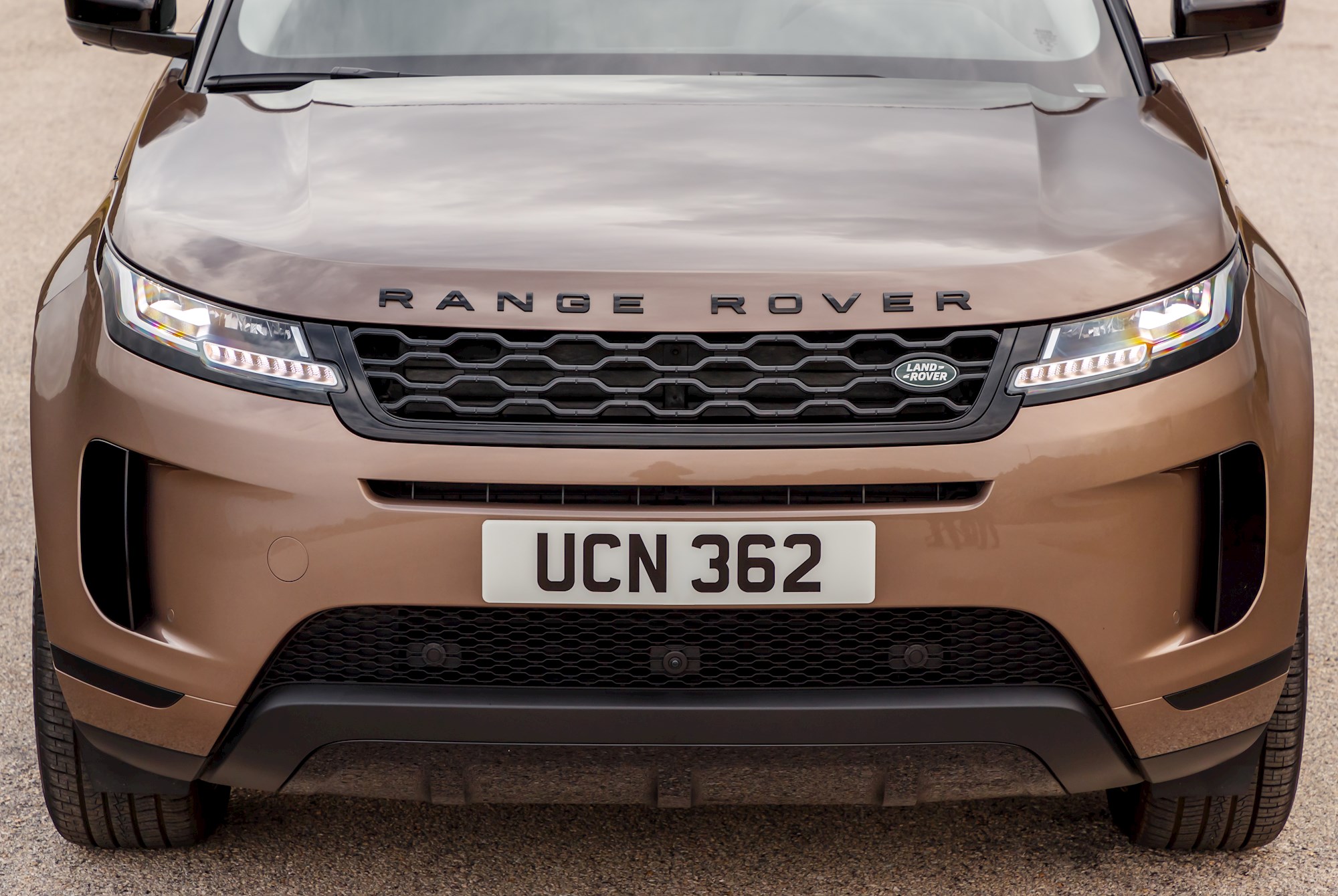
The drive route took us from Athens airport, along the motorway at speeds up to 130km/h before heading to some challenging off-road situations, highlighting the Evoque’s new generation Terrain Response 2 that automatically detects the surface being driven on and adjusts the set-up accordingly.
We also had a river crossing — as the Evoque can now wade through water up to 600mm (previously 500mm) — before encountering a “local” on the dirt road. It was a large tortoise. When we stopped to take a photo, the tortoise took such a liking to the British SUV it decided to encamp under it and refused to budge.
Luckily, Singaporean colleagues helped us manoeuvre the Evoque without harming the tortoise and they removed it from the road before the rest of the media arrived in Evoques.
If that wasn’t eventful enough, we then headed across the Corinth Canal via an unusual means, a railway bridge (above), to highlight the Evoque’s Ground View technology that makes the bonnet invisible by projecting camera imagery onto the upper touchscreen to show the driver a 180-degree view under the front of the vehicle.
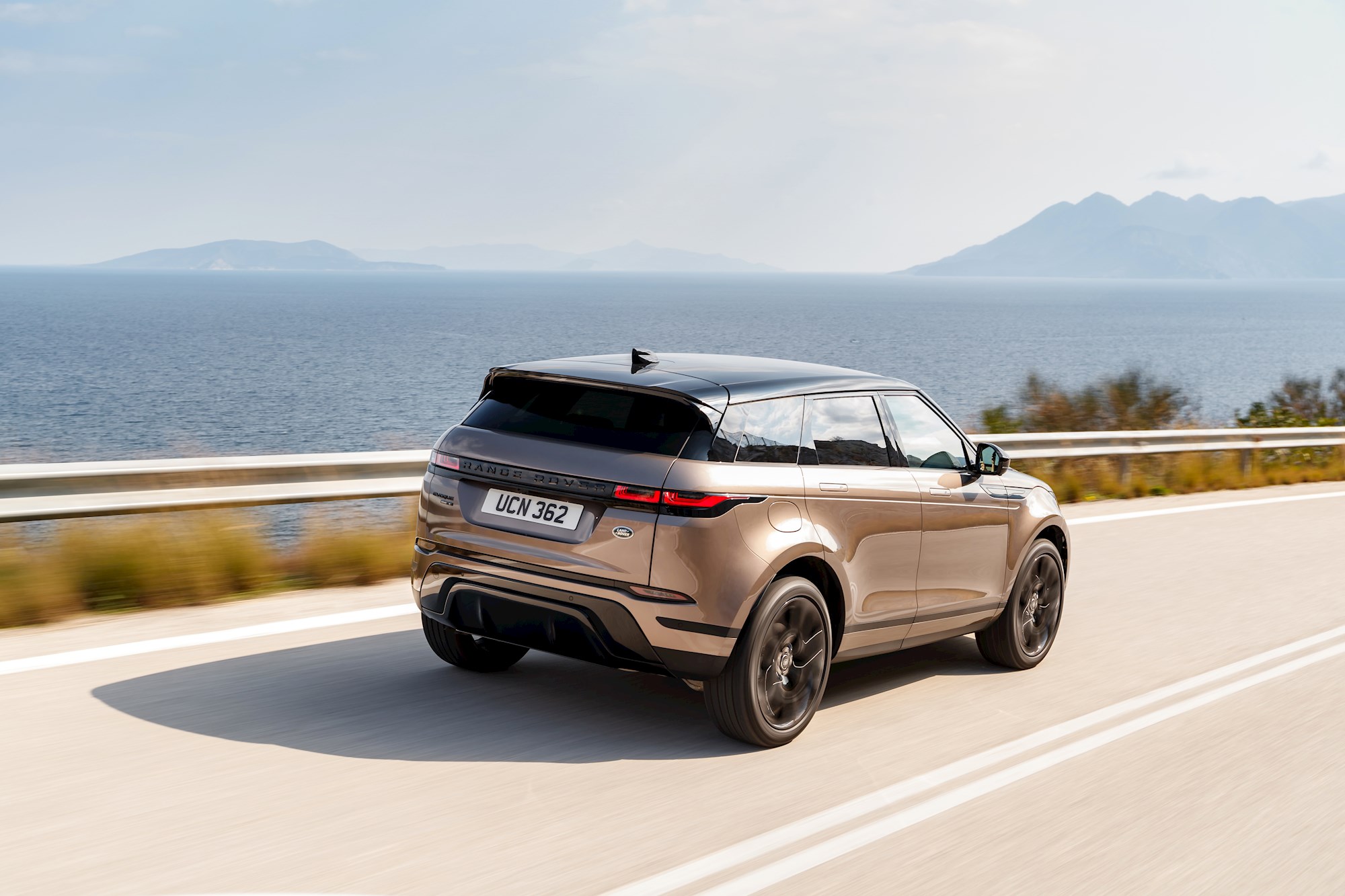
Unfortunately our vehicle didn’t have it — but the crossing was amazing even without it.
Heading down the Peloponnese coast to Kranidi, we went off-road again to narrow dirt tracks before using hill hold that keeps the vehicle stopped for up to 10 minutes on a sharp incline.
Land Rover’s team really decided to emphasis the Evoque’s off-road capabilities on day two that saw us drive up a gnarly and steep dirt and rock access road to a wind turbine farm which, I joked, were the Evoque’s biggest fans (#dadjoke).
In reality 99 per cent of the time the only off-road driving in New Zealand the Evoque would do is kerb hopping, but that doesn’t mean it can’t take on conditions its bigger siblings can do, too.
